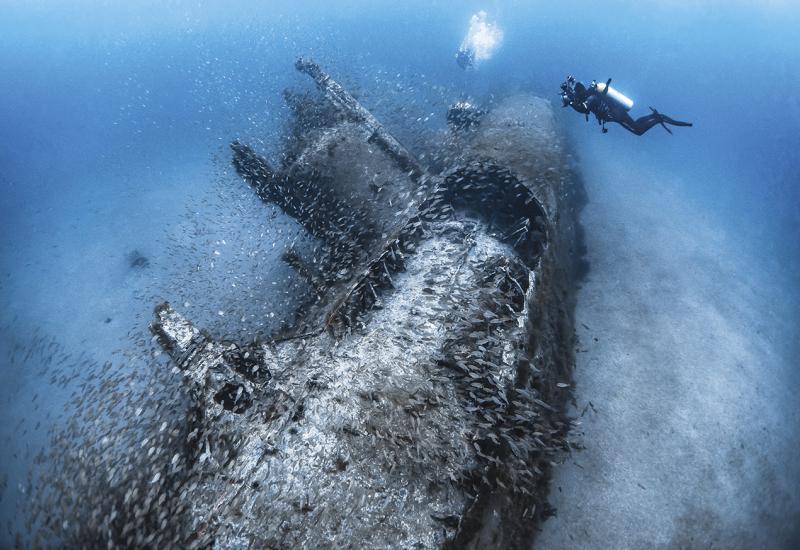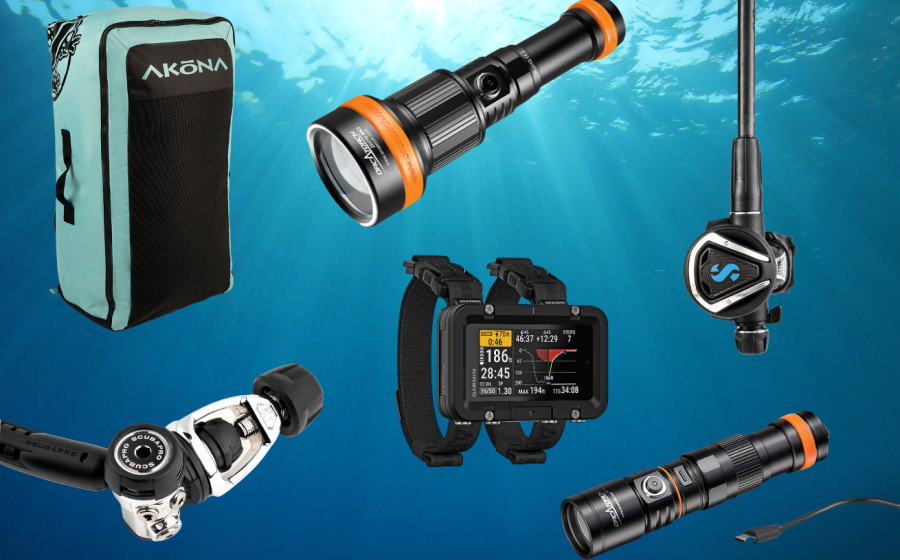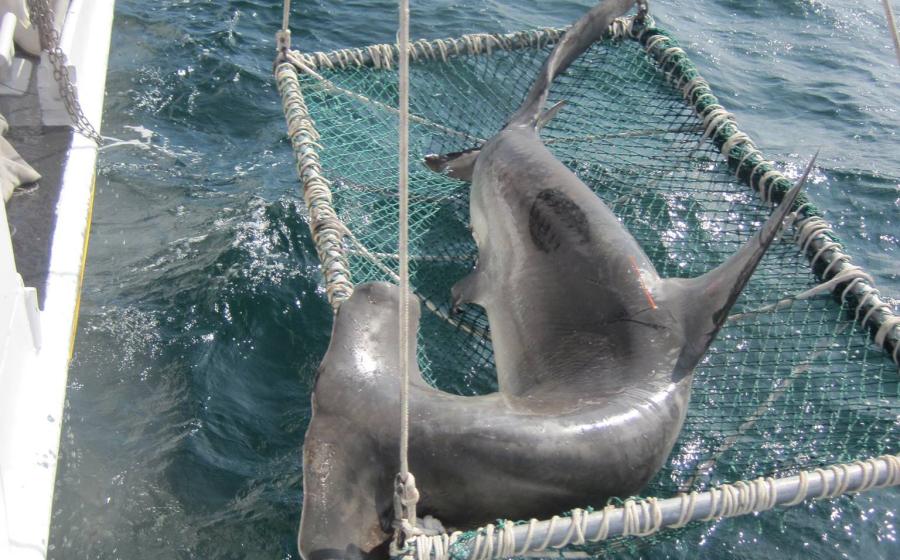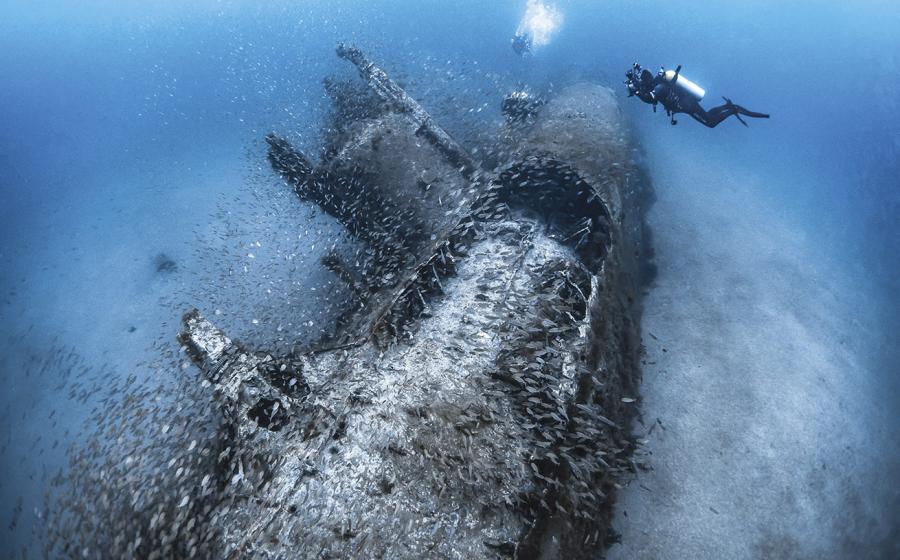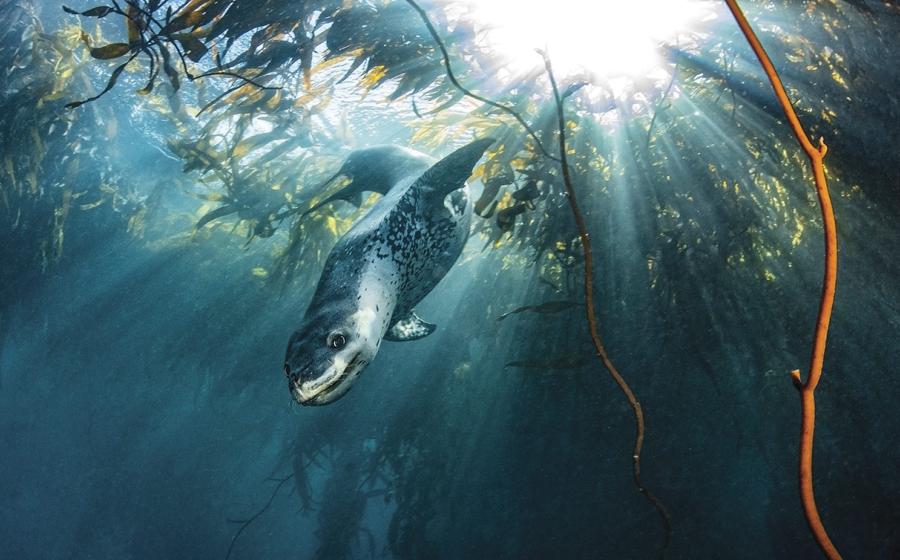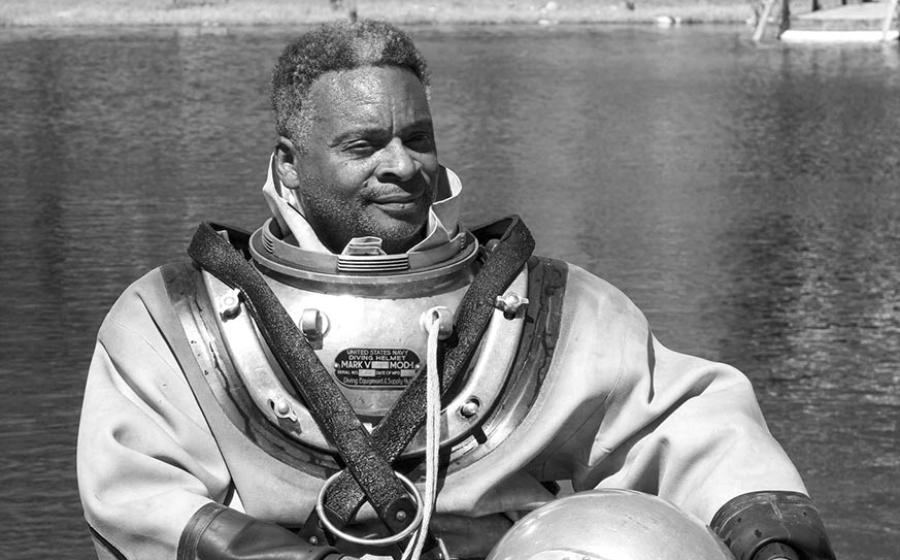There's Magic in Low Viz For Divers Who Know How to Look
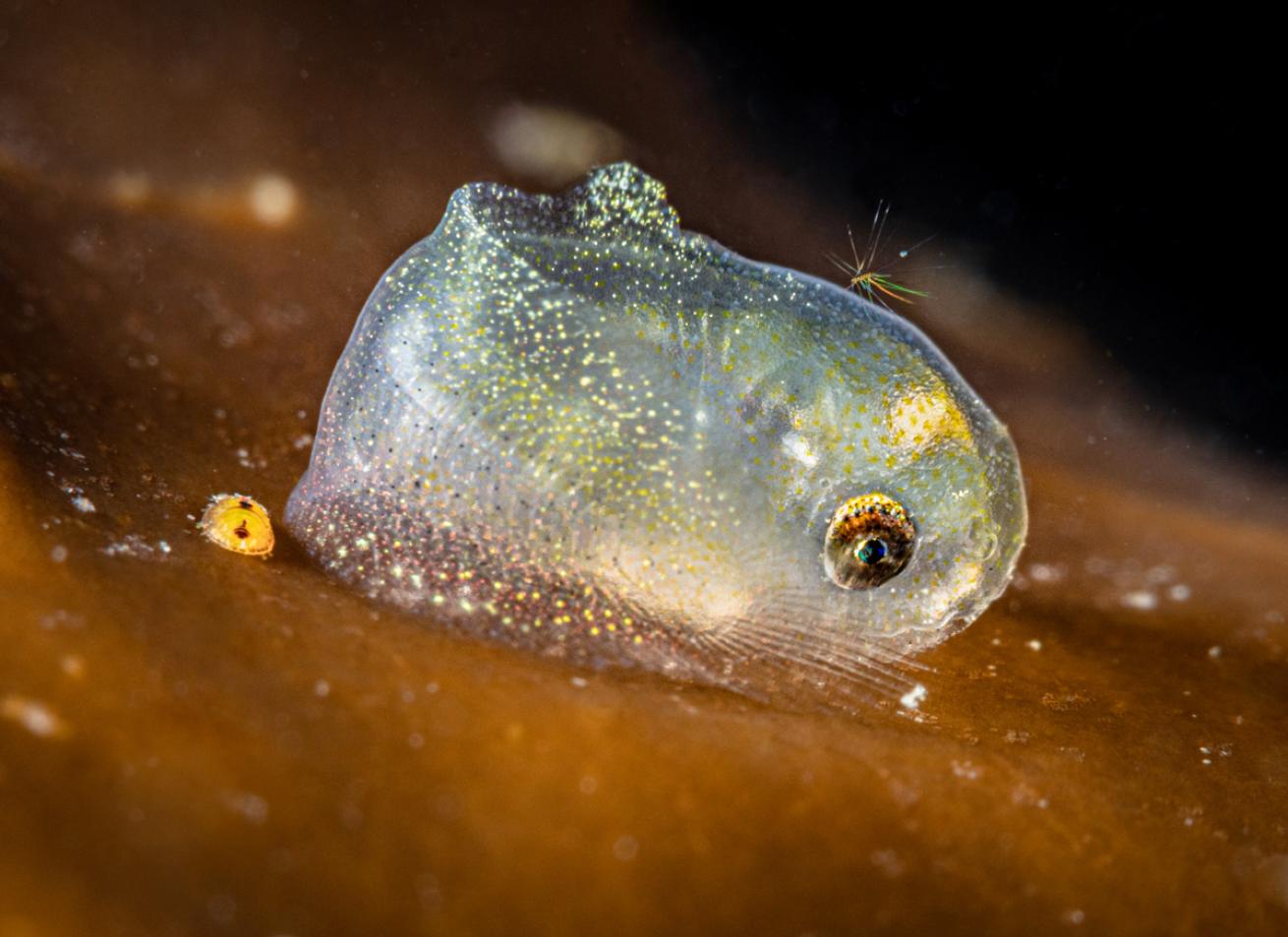
Patrick WebsterA minuscule snailfish curls atop a kelp frond next to a microscopic copepod, while a nearly undetectable diatom floats nearby.
“So, how’s the viz?”
It’s a question as old as bottom time, asked like the password to a speakeasy, the specific turn of phrase a wink and a nod to your fellow diver. And it’s a loaded question too, one that should never be taken lightly. Viz reports are highly subjective, with a lot riding on these disclosed observations.
An overly enthusiastic report feels like it could forever alter your reputation in your dive community. Reporting 50 feet where someone else might see 30 can build up excitement and lead to resentment if the estimation is off. Meanwhile, an honest appraisal of “meh” could determine whether or not another diver goes exploring beneath the waves that day and potentially misses out on the encounter of a lifetime. That feels like too much pressure, even for a diver!
And let’s not even get into how relative visibility can be from place to place and diver to diver. The difference between tropical and temperate waters, the expectations of professionals and newbies, macro photographers and wide-angle specialists, critter-hunting enthusiasts and landscape appreciators, high and low tide waters, how big that last storm was, and general vagaries of oceanography.
“How’s the viz?” is then like the Schrödinger’s cat of predive planning— the viz is both great and terrible at the same time, with the observer determining the reality. With so much at stake for the multiverse, perhaps we should question what makes up the viz, rather than how it appears. The tiny planktonic organisms that create bad viz are fascinating all on their own and make up a microscopic world of near-infinite wonder just beyond our collective masks.
You may have learned about plankton at some point, and that there are two main types: plant drifters and animal drifters, called phyto and zooplankton, respectively. While bad viz could be due to churned-up sediments or excessive river runoff, that distinctive greenery between you and your buddy is likely the result of some exuberant biology, a productive party of photosynthetic plant plankton. And what you may not have been told is just how wildly fecund and diverse this community of solar panels is in the waters of the world.
Cyanobacteria, diatoms and dino- flagellates are some of the primary plankton getting between you and a good time.
Cyanobacteria hail from an ancient lineage of sun-eaters that engineered our modern breathable atmosphere by inventing photosynthesis and oxygen production at a massive scale. Transparent diatoms and their glassy cup and rod-shaped bodies boast some of nature’s most beautiful designs when viewed under the microscope, their prodigious ability to multiply and transform the sun into energy-rich oils being a major contributor throughout the eons to what we now call fossil fuels. And then the dinoflagellates that, with their twin twirling tails and diatom-devouring demeanor, clean up after many another phytoplankton bloom, washing onshore in their dark greens and rusty browns as menacing red tides and sumptuous displays of bioluminescent bays and waves.
All of these beings—blooming and busting, blowing in on the currents and basking along beaches—are consumed by, and become, the bigger beasts that we may truly be diving for, each plankton particle one more puzzle piece that eventually becomes the shark or turtle or whale that just might make that night-dive-during-the-day worthwhile if we remember where this salad soup is headed.
Imagine that the forests and prairies of land were pulverized into petite pollen, pines, oaks and lilies drifting through the atmosphere in a thick, vibrant fog that is eventually condensed and concentrated into a bear or bobcat. It doesn’t make driving through that eventual-animal mist any more enjoyable, but maybe it helps to know that it will burn off into wonder eventually.
At least that’s a little bit of what I was thinking when I saw this particular glint of iridescent diatom chain passing over a young snailfish and copepod friend nestled up on the kelp on a recent less-than amazing dive day. Thanks to the camera’s optical abilities, I was able to see through its magnification the powerhouse of this magnific ocean. How was the viz that day? Terrible, and wonderful, all at the same time.


